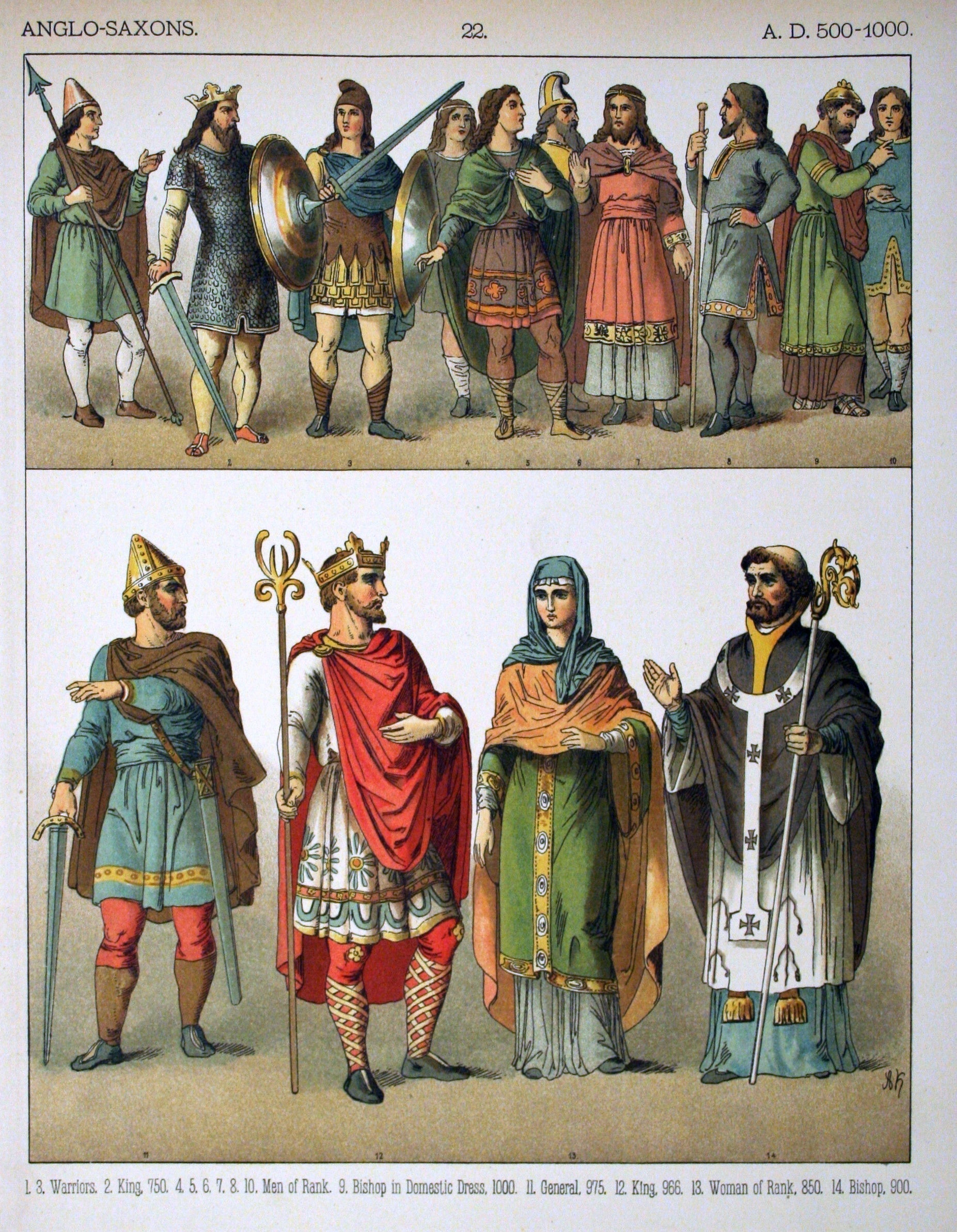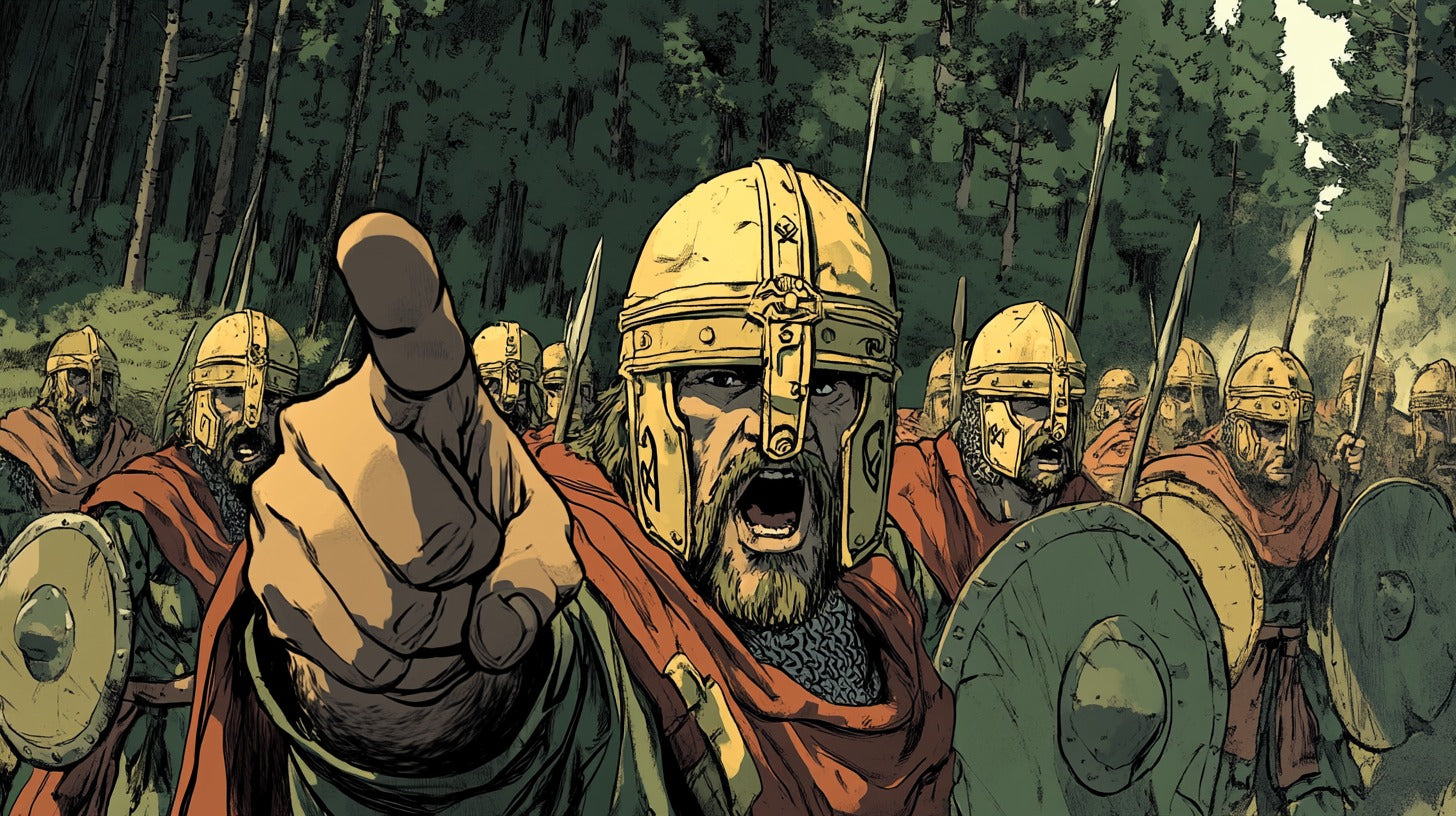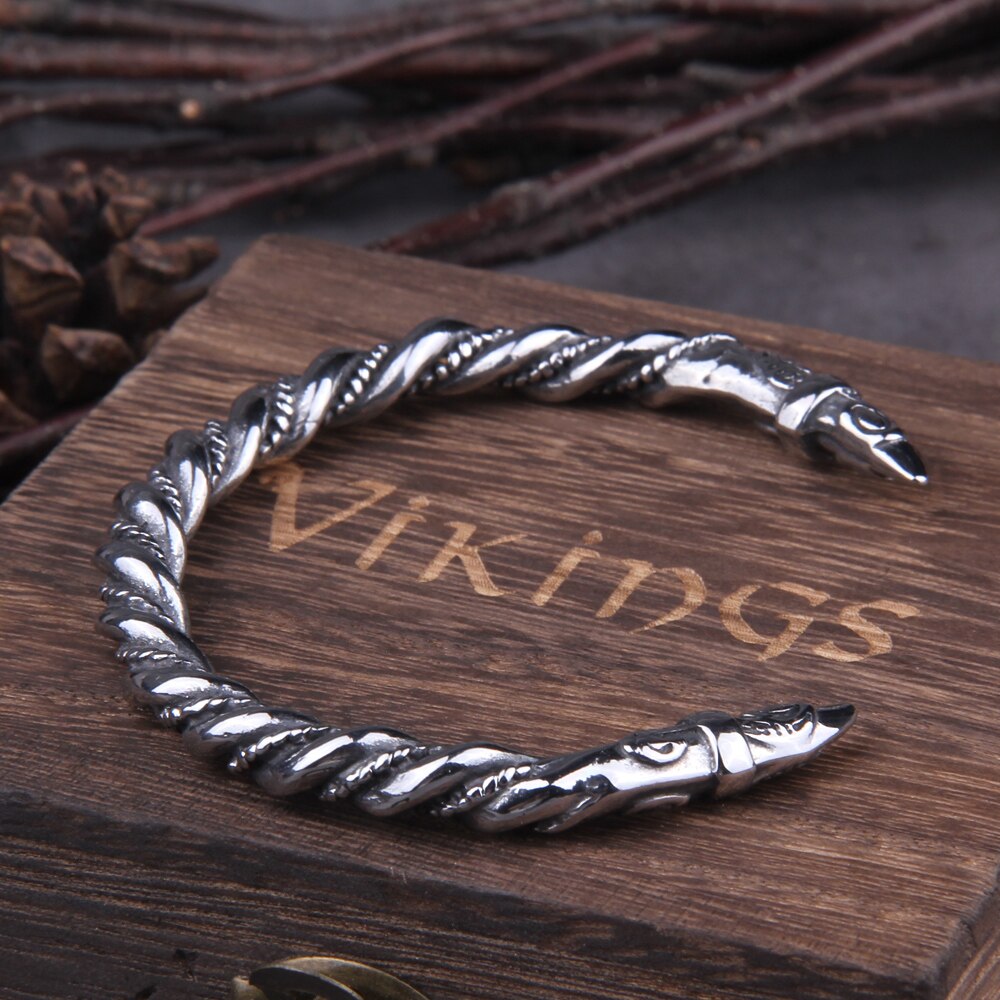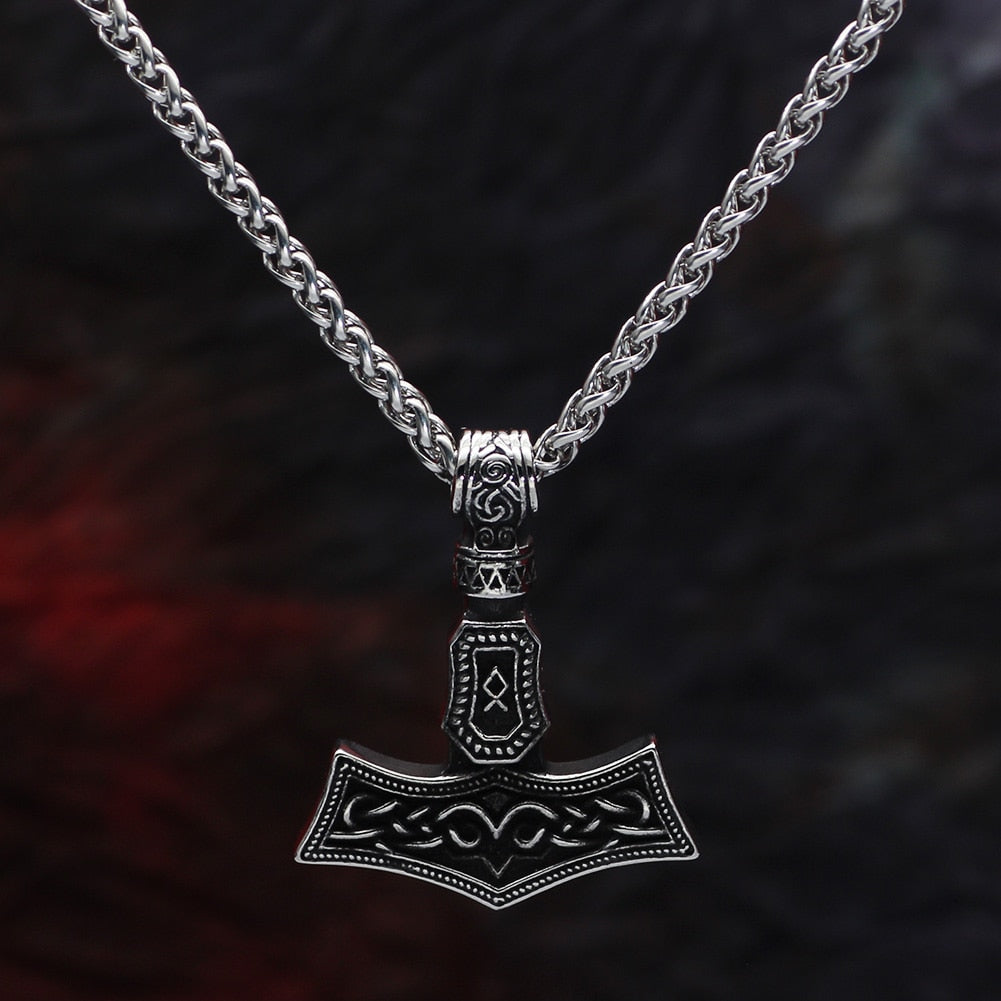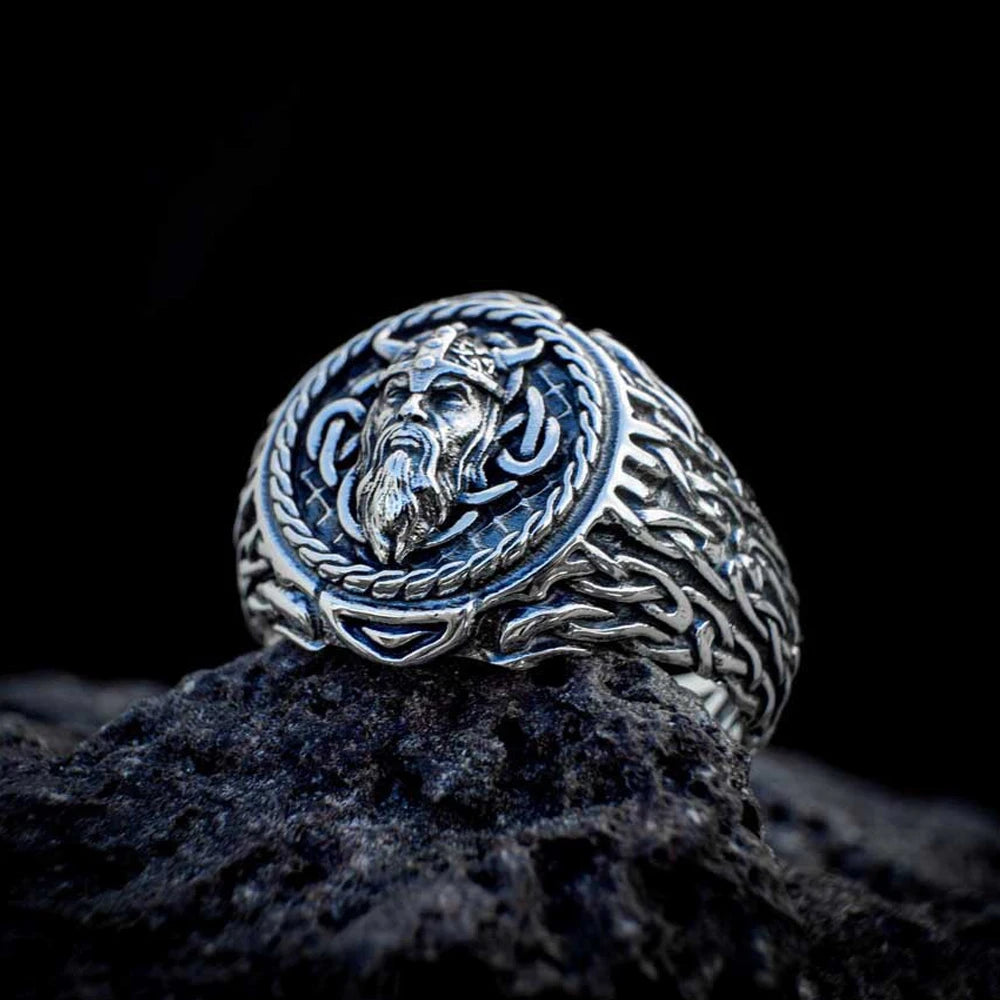
The Lombards: Shapers of Medieval Italy
Scandinavian Roots and Scoringa Legend
The Lombards, known in Latin as Langobardi, traced their legendary origins to Scandza, a semi-mythical island identified by Jordanes in his Getica as present-day southern Scandinavia. According to the Origo Gentis Langobardorum, their earliest myth involves divine favor in a dispute among Germanic tribes, during which their matriarchs wore their hair like beards to trick the gods into granting them victory—thus giving rise to the name Langobardi, or "long-beards."
While the legend is mythological in tone, it is widely accepted that the Lombards emerged from the Elbe River basin, moving gradually through regions that include modern-day Germany, the Czech Republic, and Austria during the Migration Period. Tacitus briefly mentioned a people called the "Langobardi" in his Germania around the first century CE, suggesting their presence on the Roman frontier from an early period.

Modern depiction of early Lombard warriors in traditional dress (Photo: ZANDMANIS CC BY-SA 4.0).
Movement through Central Europe
By the fifth century CE, the Lombards were among several Germanic tribes on the move due to pressures from Hunnic invasions and general instability across Eastern Europe. After periods spent in Pannonia (modern-day Hungary), the Lombards came under the rule of powerful kings like Wacho and Audoin. They gradually militarized and absorbed elements of neighboring cultures, including the Sarmatians and Heruli, before launching their decisive move into Italy.
Invasion of Italy and Establishment of the Lombard Kingdom

Phases of the conquest of Italy by DaniCBP CC BY 4.0
The Fall of the Ostrogothic Kingdom
By the mid-sixth century, the Ostrogothic Kingdom in Italy had collapsed after prolonged warfare with the Eastern Roman (Byzantine) Empire under Justinian I. The peninsula was weakened and fragmented, creating a power vacuum ripe for occupation. The Byzantine general Narses held tenuous control over Italy, but the territory remained politically unstable.
Alboin and the Invasion of 568 CE
In 568 CE, King Alboin led the Lombards across the Julian Alps into northern Italy. As with many Germanic migrations, this movement was not limited to warriors alone. The Lombards brought with them their entire communities—men, women, children, and the elderly—reflecting a common pattern among Germanic peoples, such as the Goths and later the Normans, where military expansion and settlement were inseparably linked.
Contemporary accounts and archaeological evidence support this familial nature of the migration. The Lombards seized major cities including Milan and Pavia, the latter of which became the capital of the newly established Lombard Kingdom. The invasion encountered minimal organized resistance, largely due to the prolonged instability in northern Italy and the weakened state of Byzantine control following decades of war and depopulation.
Over the subsequent decades, the Lombards extended their influence further south. However, important Byzantine strongholds such as Ravenna, Rome, and parts of southern Italy remained outside their grasp, maintaining a fragmented political landscape in the peninsula.
Consolidation of Power in Northern Italy
Under kings like Authari and Agilulf, the Lombards stabilized their realm and built administrative structures across their duchies. However, political cohesion was limited; dukes in regions like Spoleto and Benevento often operated autonomously. The kingdom eventually coalesced into a powerful entity encompassing much of northern and central Italy, known as Langobardia Major, while southern territories formed Langobardia Minor.
Governance and Society in the Lombard Kingdom

Lombard warrior, bronze statue, eighth century, Pavia Civic Museums (Photo: Markkv CC BY-SA 4.0)
Legal Reforms and the Edictum Rothari
In 643 CE, King Rothari issued the Edictum Rothari, the earliest Lombard law code written in Latin but reflecting Germanic customary law. It covered everything from property rights to personal injury compensation and is a vital source for understanding early medieval legal structures.
The Edict affirmed the social hierarchy of Lombard society, dividing it among free men (freli), unfree (aldius), and slaves. Though Christianized, the Lombard legal worldview remained rooted in older Germanic traditions for centuries.
Political Fragmentation and Ducal Power
The kingdom often struggled with internal divisions, especially between the crown and regional dukes. Although royal authority was periodically asserted—particularly under kings like Liutprand (r. 712–744 CE)—the political fabric of the Lombard realm remained decentralized.
Interaction with the Papacy and Byzantines
Relations between the Lombards and the Papacy were often strained. Popes like Gregory I viewed the Lombards as semi-pagan aggressors, especially early in their occupation. However, by the eighth century, most Lombard rulers had converted from Arianism to Nicene Christianity, fostering diplomatic ties with the Roman Church.

Lombard S-shaped fibula (Photo: Walters Art Museum)
Cultural Legacy and Linguistic Footprint
Langobardic Names and Nobility
Lombard names like Alboin, Liutprand, Ratchis, and Desiderius reflect a strong preservation of Germanic heritage. Many of these names appear in royal genealogies, hagiographies, and ecclesiastical chronicles, and they remain embedded in Italian toponymy and family lineages to this day.
Religious Conversion and Integration
Initially Arian Christians, the Lombards slowly embraced Catholicism between the 7th and 8th centuries, influenced by Frankish diplomacy and Roman clergy. This conversion played a key role in their integration into broader Latin Christendom.
Decline and Frankish Conquest
The Reign of Desiderius and Defeat by Charlemagne
Desiderius, the last Lombard king, attempted to assert control over Rome and dominate the Papacy. In response, Pope Hadrian I appealed to the Frankish king Charlemagne, who invaded Italy in 773–774 CE. Charlemagne deposed Desiderius and took the title Rex Langobardorum, incorporating the kingdom into the Carolingian Empire.
Lombard Nobility after 774 CE
Despite the fall of the kingdom, Lombard dukes and nobles remained prominent under Frankish rule. In southern Italy, the duchies of Spoleto and Benevento persisted as semi-independent entities into the ninth and tenth centuries. Lombard identity did not vanish—it was preserved in law, legend, and landholding customs.
Archaeological and Mythological Memory
Langobardic Burial Sites and Artefacts
Excavations across northern and central Italy, especially in sites like Nocera Umbra and Cividale del Friuli, have revealed rich Langobardic graves. These include weapons, jewelry, and everyday tools that attest to their mixed heritage: Germanic traditions overlaid with Roman influences.

Lombard shield boss northern Italy, seventh century. (Metropolitan Museum of Art)
The Origo Gentis Langobardorum and Mythic Memory
Written in the 7th century, the Origo mixes myth, migration, and political genealogy. It not only records their Scandinavian origins but reflects how the Lombards saw themselves as chosen by divine will. This mythic self-conception, with echoes of Odin/Wodan-like ancestral figures, parallels other Germanic traditions that cast ruling elites as descended from the gods.
The Lombards were more than transient invaders. They founded a kingdom that lasted over two centuries, shaped the politics of post-Roman Italy, and left a deep cultural imprint. From legal reforms to religious transformation, their legacy endured far beyond their fall. Today, their memory survives not only in place names like Lombardy but also in the fabric of early medieval European history.
ᚸ
Frequently Asked Questions (FAQs)
Who were the Lombards originally?
The Lombards were a Germanic people likely originating near the Elbe River, with legendary roots in southern Scandinavia.
When did the Lombards invade Italy?
The Lombards invaded Italy in 568 CE under King Alboin, establishing a kingdom in the northern part of the peninsula.
What religion did the Lombards follow?
Initially Arians, the Lombards gradually converted to Catholic Christianity between the 7th and 8th centuries.
What was the Edictum Rothari?
It was a legal code issued in 643 CE that codified Lombard customary law in Latin, reflecting their social and legal norms.
What happened to the Lombards after 774 CE?
They were conquered by Charlemagne, but many Lombard nobles retained power and influence under Frankish rule.
References
Paul the Deacon, Historia Langobardorum
Jordanes, Getica
Hodgkin, Thomas. Italy and Her Invaders (Oxford University Press, 1880)
Christie, Neil. The Lombards: The Ancient Longobards (Blackwell, 1995)
Jarnut, Jörg. History of the Lombards (Brill, 2003)
Pohl, Walter. Kingdoms of the Empire: The Integration of Barbarians in Late Antiquity (Brill, 1997)
Wickham, Chris. Early Medieval Italy (MacMillan, 1981)
